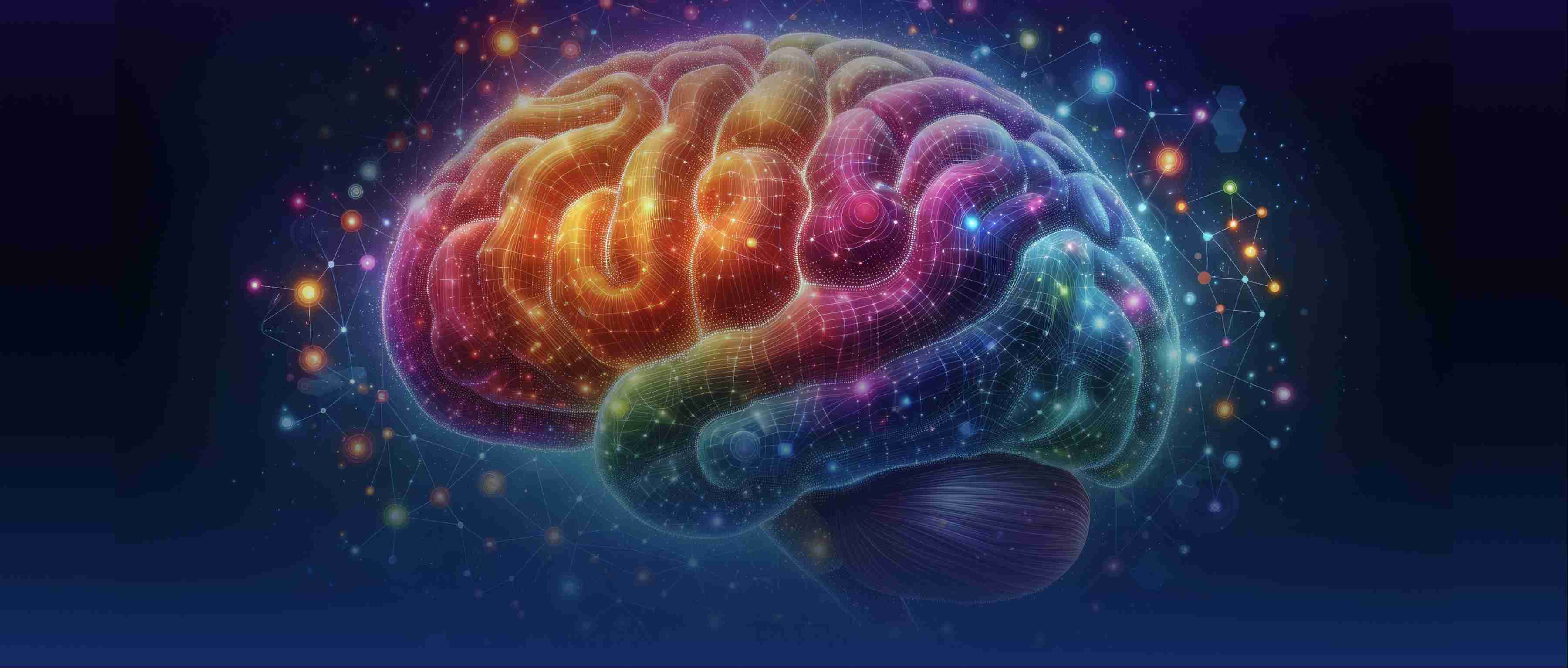To visualize high-dimensional embeddings, you can use dimensionality reduction techniques paired with plotting tools. Embeddings, which often have hundreds of dimensions, are challenging to inspect directly, so reducing them to 2D or 3D while preserving relationships is key. Common methods include Principal Component Analysis (PCA), t-Distributed Stochastic Neighbor Embedding (t-SNE), and Uniform Manifold Approximation and Projection (UMAP). Each method balances speed, interpretability, and how well they maintain local or global structure. For example, PCA is fast and preserves global variance but might miss fine-grained clusters. t-SNE emphasizes local relationships but can be sensitive to hyperparameters. UMAP often balances both and scales better for large datasets. Start by preprocessing embeddings (e.g., normalizing) and experiment with these algorithms to find the best fit for your data.
Once reduced, visualize the results using plotting libraries like Matplotlib, Plotly, or Seaborn. For example, using Python, you could apply UMAP to embeddings and plot them with a scatterplot, coloring points by labels (e.g., categories in a classification task). Interactive tools like TensorBoard’s Embedding Projector or open-source alternatives like Bokeh let you explore clusters dynamically. If you’re analyzing word embeddings, you might highlight specific words and their neighbors to check semantic relationships. For image embeddings, overlay thumbnails on hover. Be mindful of overplotting: for large datasets, use alpha blending or subsample points. Always annotate plots with axes (even if they’re arbitrary after reduction) and legends to clarify groupings.
Finally, validate your visualizations by cross-checking with quantitative metrics. For instance, if a t-SNE plot shows clusters, verify that similar embeddings in high-dimensional space are actually close using cosine similarity or Euclidean distance. Tools like scikit-learn’s NearestNeighbors can help spot-check neighbors before and after reduction. Be cautious of artifacts: t-SNE might create false clusters due to perplexity settings, while UMAP could oversimplify relationships. Pair visualization with metrics like silhouette scores to assess cluster quality. For example, if you’re analyzing customer embeddings, ensure that users in the same visual cluster share purchase behaviors. Visualization is a starting point—combine it with statistical analysis to avoid misleading conclusions.
